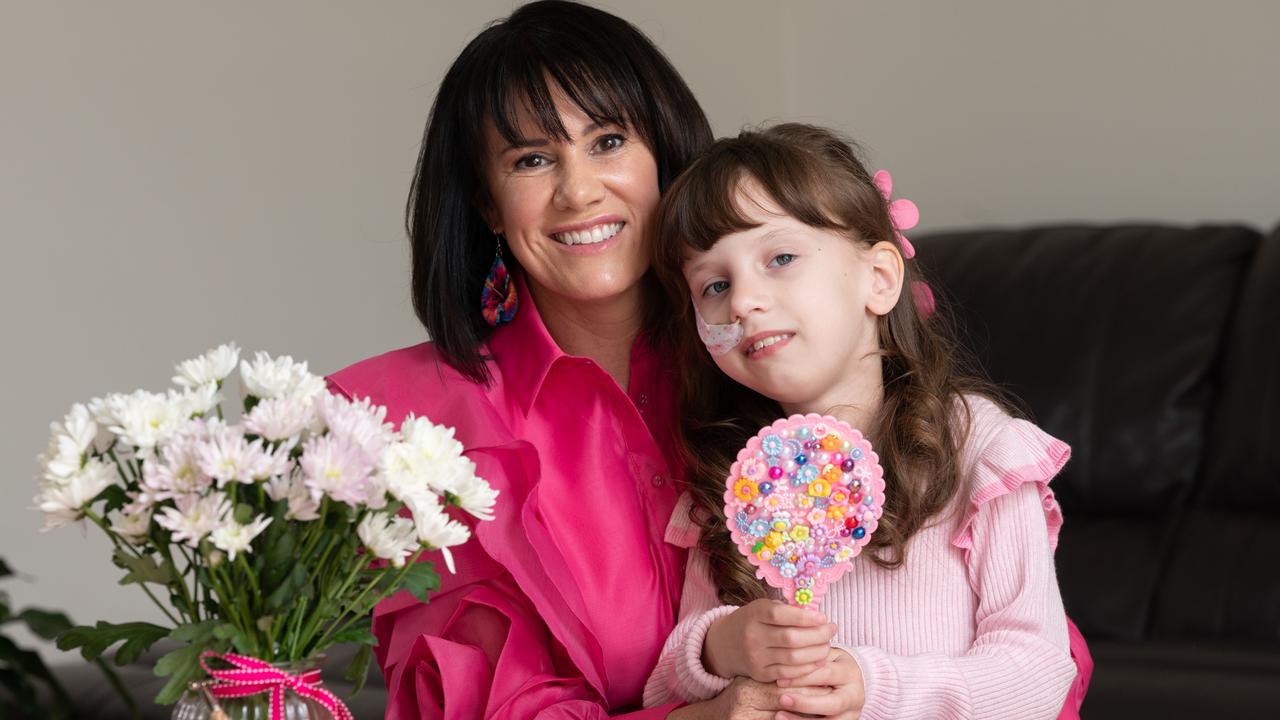Australia ranks poorly among high-income countries in global study of childhood vaccination rates
Childhood vaccination rates in Australia are among the worst for high-income countries, a new global study has shown.
Kids + Teens
Don't miss out on the headlines from Kids + Teens. Followed categories will be added to My News.
Australia’s poor global childhood vaccination ranking has been revealed just as the country faces record measles cases.
in 2023, Australia had the sixth highest number of unvaccinated children and the seventh lowest percentage of vaccine coverage among the 36 countries across the globe classified as “high-income”, a University of Washington-led study found.
It looked at whether children across the world had received at least one dose of vaccinations against diseases including diphtheria, tetanus, whooping cough, measles, polio or tuberculosis.
The stunning statistic comes as Australia faces an unprecedented outbreak in measles cases, with at least 59 cases across the country so far in 2025, up from 57 cases over the entirety of 2024.
Measles was declared to be eliminated in Australia by the World Health Organisation but international travel has meant cases could still occur intermittently. High vaccination rates have been labelled as essential to keeping the disease under control.
Globally, Australia is still in a relatively high position, but it’s childhood vaccination rate of 92.9 per cent puts it among the worst for high-income countries – performing just slightly better than our southern neighbours New Zealand, which has 92.5 per cent coverage.
Australia’s worst coverage level was for rotavirus, a contagious viral disease among children, with only 87.7 per cent of children vaccinated.
One of the study’s authors, Jonathan Mosser, said childhood vaccination was one of the most cost-effective ways of protecting public health, but global trends posed worrying problems.
“These trends increase the risk of outbreaks of vaccine-preventable diseases, including measles, polio, and diphtheria, underscoring the critical need for targeted improvements to ensure that all children can benefit from lifesaving immunisations,” Dr Mosser said.

The study’s lead author, Emily Haeuser, said the challenge facing the globe was to find ways to improve vaccine delivery in areas with low uptake, with vaccine hesitancy and misinformation two of the key problems.
“Successful vaccination programs are built on understanding and responding to people’s beliefs, concerns, and expectations,” Dr Haeuser said.
“Vaccination services must prioritise trust-building, engage community leaders, and tailor interventions with more culturally appropriate local strategies to improve vaccine confidence and uptake.”
Unless drastic changes are made, the study found that only high-income countries would reach the World Health Organisation’s 2030 vaccination targets, as progress stalls and reverses in some regions.
More than half of the world’s unvaccinated children are living in just eight countries: Nigeria, India, The Democratic Republic of Congo, Ethiopia, Somalia, Sudan, Indonesia, and Brazil.
More Coverage
Originally published as Australia ranks poorly among high-income countries in global study of childhood vaccination rates





